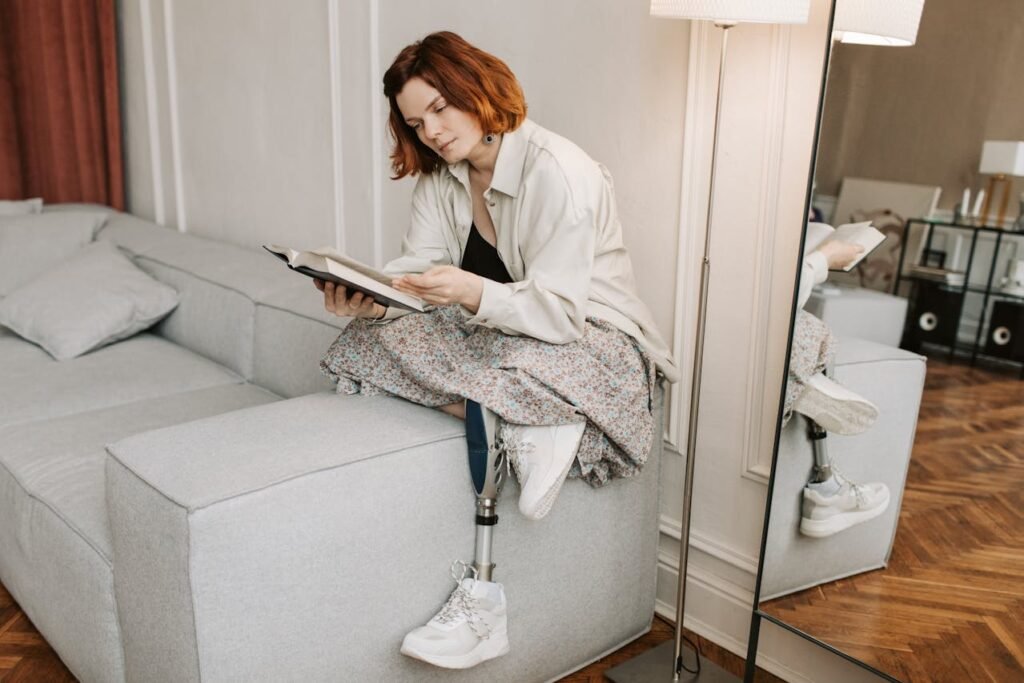When someone starts using a bionic limb, it may look like the technology is doing all the work. After all, it’s the robotic hand or leg that moves, grabs, and responds. But what many people don’t see is the quiet, powerful work happening inside the brain.
At Robobionics, we know the real magic doesn’t just happen in the machine. It happens in the mind. Every movement, every grip, every moment of control begins with a tiny thought—and that thought travels through your brain, into your muscles, and finally into the bionic limb.
This isn’t just science. It’s deeply human. It’s your brain learning, adapting, and growing every time you move. And once you understand what’s happening behind the scenes, you’ll see just how amazing the journey with a bionic limb really is.
Let’s take a closer look at what your brain does when you use a bionic limb—and how it makes each movement possible.
The Brain Remembers Your Body
Even After Amputation, the Brain Map Stays
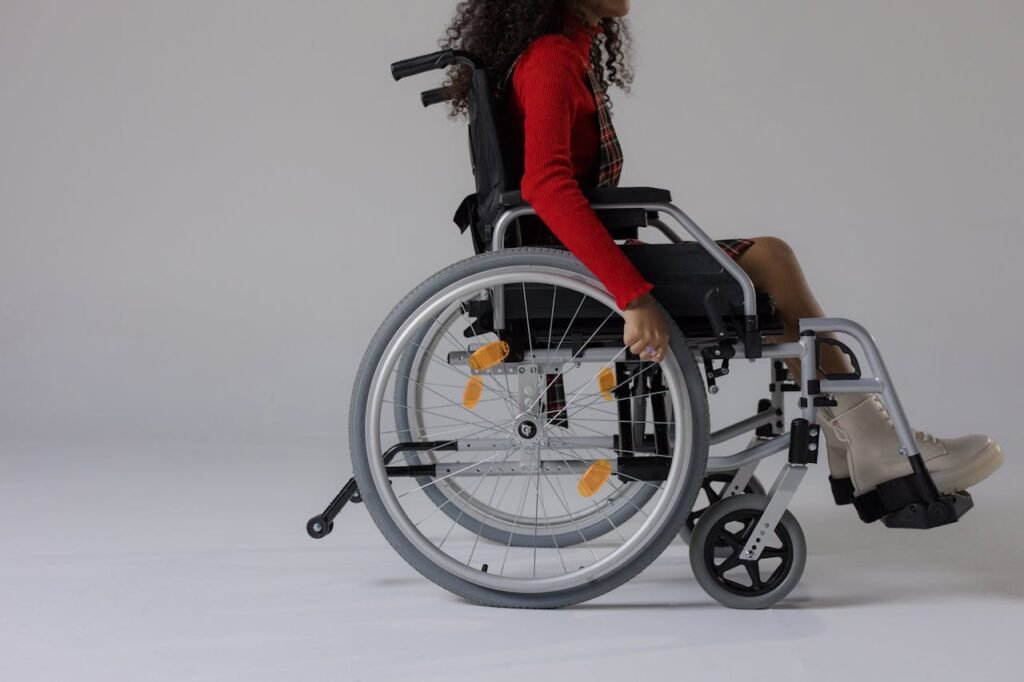
Inside your brain is a map of your body. Scientists call this the “body schema” or “body map.” It’s how your brain knows where your hand is, how your leg feels, or how to move your fingers without looking at them.
Now, here’s the surprising part. Even if a limb is gone, the brain often keeps that map. That’s why many people feel phantom limb sensations. The brain still thinks the hand or foot is there. It hasn’t updated the blueprint.
This leftover map is actually helpful. It gives the brain a place to start when you begin using a bionic limb. Instead of starting from scratch, the brain simply rewires that old space and learns to send signals to the new device.
So even if your hand was lost years ago, your brain hasn’t forgotten it. That memory becomes the foundation for control.
Learning to Use a Bionic Limb Feels Strange at First
But That’s Completely Normal
When you first put on a bionic limb, especially a myoelectric one like Grippy™, it can feel foreign. You may look at the hand and want it to move, but nothing happens. You try again, focusing hard. Maybe the fingers twitch a little. It’s frustrating, but it’s also expected.
This happens because your brain is testing new signals. It’s trying to figure out, “What do I need to do to make this hand close?” It tries one path, then another. And slowly, it finds a signal that works.
This trial-and-error process is part of how the brain learns. It builds new paths and strengthens them over time. This is what we call neuroplasticity — the brain’s ability to change.
So if it feels awkward at first, don’t worry. Your brain is already working behind the scenes. It’s building the control you’ll need, step by step.
Myoelectric Signals: Your Brain’s Voice
How Muscle Signals Make the Hand Move
Grippy™ works using something called myoelectric control. That means it reads electrical signals from your muscles and uses them to move the hand. These signals are very small, but your brain is used to sending them.
When you think about opening your hand, your brain sends a message through your nerves to the muscles in your forearm. Even if your hand is gone, those muscles still get activated. Grippy™ picks up the signal with sensors and responds by moving the fingers.
At first, this takes effort. You may need to concentrate just to make the hand open or close. But with time and practice, the connection becomes smoother. You think less, and the hand just moves.
That’s your brain adjusting. It’s fine-tuning its voice to match the language of the bionic hand.
Feedback Changes Everything
Sense of Touch™ and Brain Training
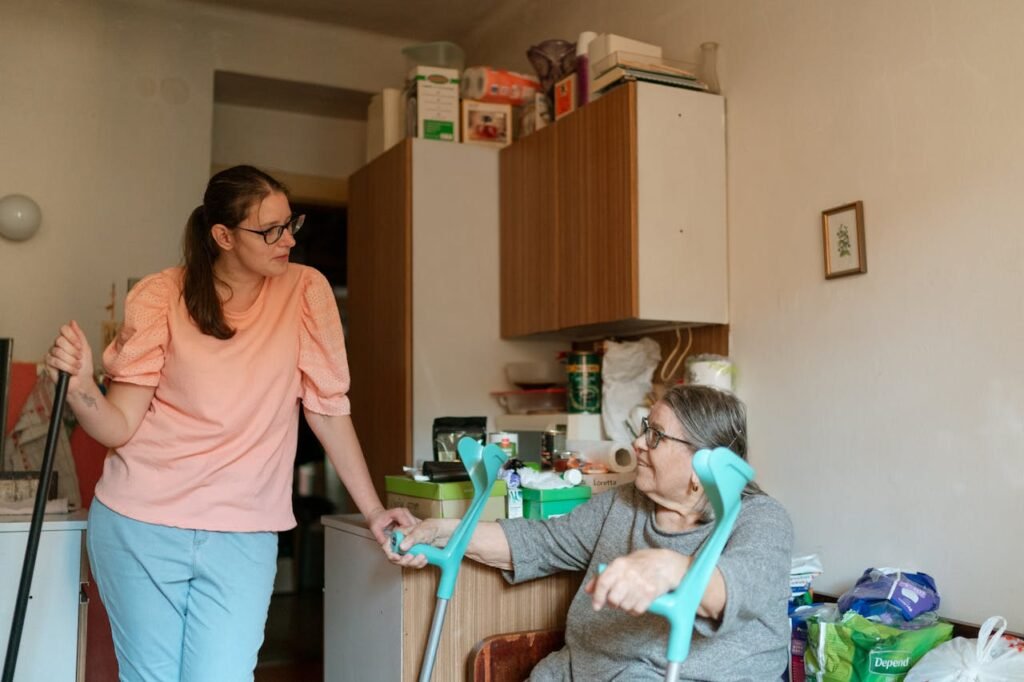
One reason many early prosthetics felt unnatural was the lack of feedback. You’d try to grip something, but you couldn’t tell if you were holding it too tight or not at all. That’s where Grippy’s Sense of Touch™ technology makes a big difference.
When you use Grippy™, the hand sends pressure information back to your arm. This feedback helps your brain learn faster. You start to “feel” what the hand is doing, even without real touch.
This loop — signal out, feedback in — is how the brain trains itself. It learns to connect action with result. Over time, this feedback becomes part of your new normal. You don’t just move the hand — you start to feel like it’s yours.
The Brain Loves Repetition
Practice Builds Pathways
Repetition is the brain’s favorite way to learn. Every time you practice opening and closing your bionic hand, your brain is watching. It notices what worked. It strengthens the signal path. It makes the process smoother.
This is why daily use matters. You don’t need hours of training. Just a few minutes of focused effort each day can lead to big changes.
It’s like learning to ride a bike. At first, everything feels shaky. But then your brain starts to get it. One day, you’re riding without even thinking about balance. That’s how bionic control develops too.
The more you use it, the more your brain makes it part of you.
Emotions Affect Learning Too
Mindset Shapes Progress
The brain isn’t just a machine. It’s emotional. How you feel changes how you learn. If you’re excited, curious, or hopeful, your brain becomes more active. It builds connections faster.
If you’re stressed, tired, or frustrated, learning slows down.
That’s why support matters. A kind word, a good trainer, or even a fun game can boost your progress. Grippy™ users who train with our rehab app often learn faster—not just because of the exercises, but because the app keeps things fun and positive.
When you feel good, your brain feels safe. And when your brain feels safe, it’s ready to grow.
Phantom Sensations and Real Learning
The Brain Fills in the Gaps
One of the most mysterious parts of limb loss is the feeling that the missing limb is still there. This is called a phantom limb sensation. It can be strange — some people feel itchiness in fingers they no longer have, or pain in a hand that’s gone. But it’s actually a sign of how active your brain still is.
The brain doesn’t give up on a limb just because it’s missing. It continues to send signals, hoping for a response. When no signals come back, the brain sometimes gets confused.
Now here’s the amazing part: when you start using a bionic limb, these phantom feelings can change. The brain gets new feedback. It learns that movement is possible again. For some people, this reduces phantom pain. For others, it brings a sense of calm or even relief.
The brain, once confused, now has something to work with — a new connection, a new way to move, a new sense of control.
How Control Becomes Automatic
From Thinking Hard to Moving Naturally
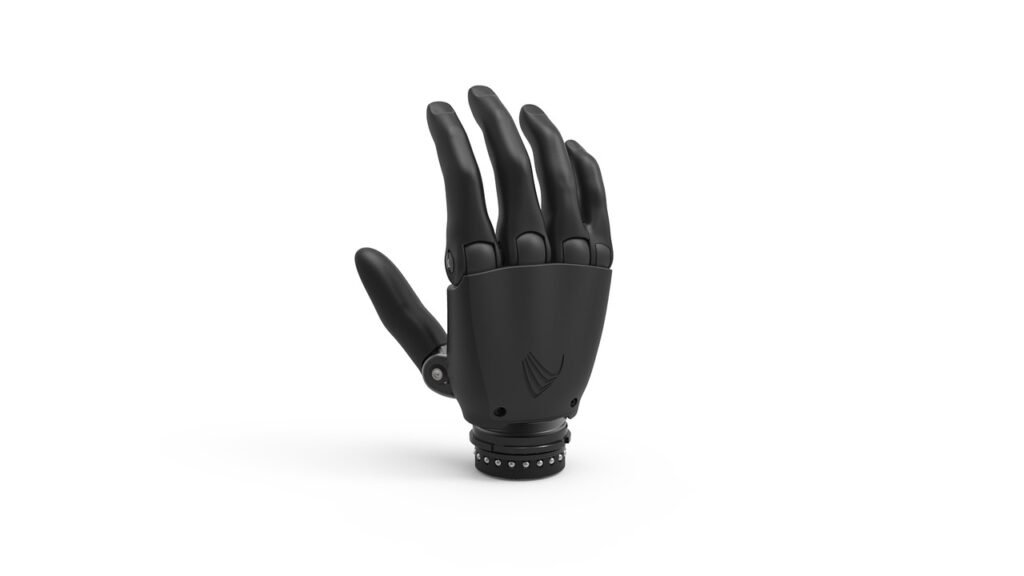
At the beginning of your journey with a bionic hand, every movement requires effort. You have to concentrate to open the hand or pick up a cup. But after a few weeks or months of use, something shifts.
You stop thinking so much. The hand just moves when you want it to. This is when control becomes automatic.
Inside the brain, what’s happening is simple and beautiful: the connection between thought and movement has become strong. The brain doesn’t have to search for the right signal path anymore. It already knows where it is.
This is like learning to type. At first, you look at every key. Later, your fingers move without your eyes even checking the keyboard. That same shift can happen with your bionic limb. And when it does, it feels like freedom.
Why Every Brain Learns Differently
Personal Journeys, Unique Paths
No two people learn to use a bionic limb in the exact same way. Some users pick up control within a few days. Others need weeks or even months to feel comfortable. There’s no right or wrong pace.
That’s because every brain is different. Your brain’s past experiences, your age, your daily habits — all of these shape how quickly and deeply you adapt.
At Robobionics, we honor these differences. We work with users one-on-one. We adjust the fitting, the signal sensitivity, and the training plan to match your needs. Because your brain deserves a solution that’s made for you — not just for “the average user.”
And with patience and the right support, every brain finds its way.
Mirror Therapy and Brain Rewiring
Helping the Brain See What It Needs
Sometimes, the brain just needs a little help to adjust. One technique that works well for many users is called mirror therapy.
In mirror therapy, you place a mirror in a way that reflects your existing hand, making it look like you still have both. When you move your real hand, the reflection tricks your brain into seeing movement in the missing one.
This simple trick can actually activate the brain map for the lost limb. When you combine this with bionic training, it can make your brain adapt faster. The mirror tells the brain, “Yes, this movement is possible again.” And the brain listens.
It’s just another example of how flexible and powerful the mind can be — especially when given the right tools.
The Role of Sensory Substitution
Teaching the Brain a New Language
Touch is one of the hardest things to replicate in a bionic limb. But the brain is clever. If it can’t get information through skin, it will learn to get it through other ways.
This is called sensory substitution. With Grippy™, our Sense of Touch™ system sends vibration or pressure cues to your arm based on how hard the hand is gripping something. At first, these cues may feel unfamiliar. But the brain starts to link them to real-world results.
For example, when you feel a stronger buzz in your arm, you realize the hand is gripping tighter. Soon, the brain begins to translate these signals into something that feels like touch.
It’s not exactly the same as natural sensation. But for many users, it’s enough to restore control, confidence, and a strong connection to their hand.
The Brain’s Reward System
Why Success Speeds Up Learning
Every time you successfully use your bionic limb — even if it’s just to hold a spoon or wave hello — your brain rewards you. It releases chemicals like dopamine, which makes you feel good. That feeling tells the brain, “Yes, do this again.”
That’s why small wins are so important. They don’t just build skill. They build motivation. And motivation keeps the brain active and engaged.
This is one reason our users love using the Gamified Rehab App. It turns training into a series of mini-rewards. You finish a task, you earn a badge. You try a challenge, and the app cheers you on. Your brain lights up. And it learns faster.
When learning feels fun, the brain learns better.
Movement Isn’t the Only Thing That Improves
The Whole Mind Grows Stronger

Using a bionic limb doesn’t just improve your physical ability. It also changes how you think and feel.
You become more independent. You solve problems more easily. You gain confidence, not just in your body, but in yourself. You go from wondering, “Can I do this?” to saying, “I am doing this.”
These mental shifts affect the brain too. Your mood improves. Your attention sharpens. Your stress lowers. All of this supports neuroplasticity — because a healthy mind is better at adapting.
We often hear from users who say they feel more themselves after using Grippy™ for a few weeks. That’s not just a change in movement. That’s a change in mindset. And it all starts in the brain.
The Role of the Environment
How Support Shapes the Brain
The brain doesn’t learn in isolation. Where you live, who you talk to, and how your day unfolds — all of it shapes how your brain responds to using a bionic limb.
If your family encourages you, if your workplace is supportive, if your surroundings make you feel safe and capable, your brain stays in learning mode. You feel brave enough to try new things. You’re less afraid to fail. And that emotional safety helps your brain grow stronger connections.
That’s why, at Robobionics, we always talk to the people around our users — parents, partners, doctors, and caregivers. We guide them too. Because when the environment helps, the brain moves faster.
You don’t walk this road alone. And you shouldn’t have to.
Social Connection Improves Control
When You Feel Seen, You Move Freely
Something amazing happens when users start showing their bionic hand to others — to their friends, to their neighbors, even to strangers. They stop hiding. They start engaging. They feel proud.
That pride isn’t just emotional. It boosts learning. When you feel seen and accepted, your brain stops wasting energy on fear or shame. It puts all its effort into movement, precision, and joy.
We’ve seen people who were shy in the beginning grow into confident speakers, mentors, and leaders in their communities. And it all started with a single step — learning to move again.
When your brain feels connected to others, it works better. Because connection is at the heart of all healing.
How Grippy™ Works With Your Brain
Built to Understand, Not Just React
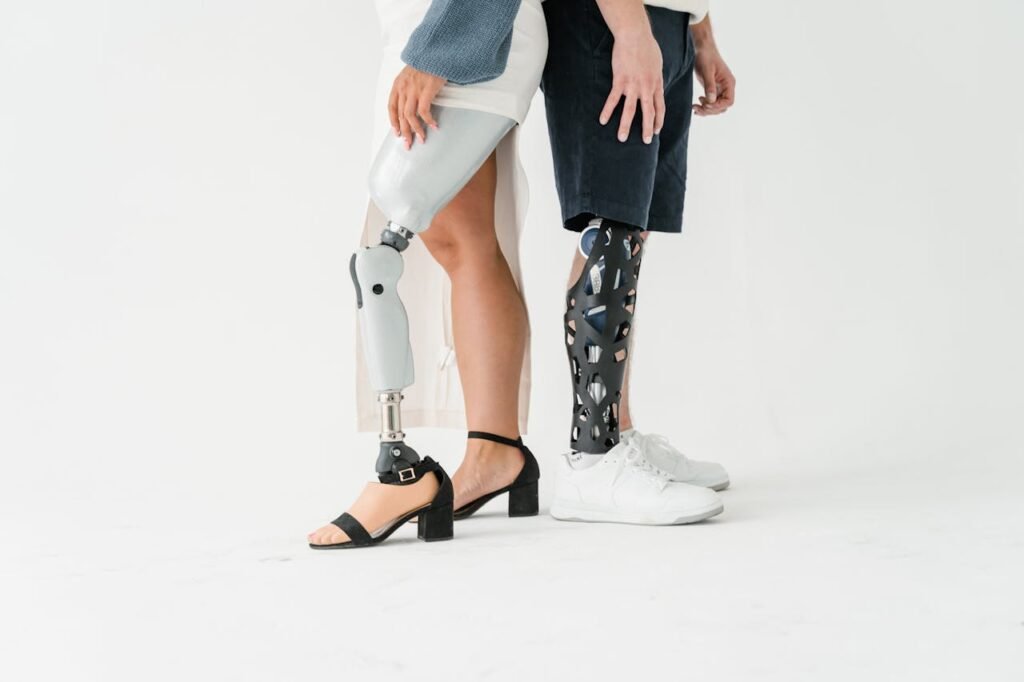
Every feature in Grippy™ is made to support what the brain already does naturally. It listens to muscle signals, just like your brain does. It responds with feedback, just like your body would. It adapts to your effort, just like your mind wants it to.
This isn’t just about advanced tech. It’s about respect. We respect the brain’s process. We give it the right tools, and then we let it lead.
Grippy™ doesn’t force you to change your brain. It invites your brain to grow.
That’s what makes the connection so powerful. It’s not just hand to machine. It’s mind to motion. It’s belief to action.
Age and Brain Plasticity
It’s Never Too Late to Learn
You may wonder, “Am I too old to learn something like this?” The answer is no. The brain is always capable of change — at any age.
Younger users may learn faster. But older users often have more focus, more patience, and a stronger reason to succeed. That balance works in their favor.
We’ve seen users in their 50s, 60s, even 70s pick up control and move with grace. Not because their bodies are fast, but because their minds are steady.
The key isn’t age. It’s attitude.
Continuous Use Builds a New Normal
From Effort to Ease
The more you use your bionic limb, the more normal it feels. At first, it’s a tool. Then it becomes part of your routine. Eventually, it feels like part of you.
This shift doesn’t happen overnight. But with daily use, consistent feedback, and a curious mindset, the brain rewires. New habits form. New responses develop.
Soon, you’re tying your shoelaces without thinking. You’re riding a scooter. You’re cooking dinner for your family.
That’s the beauty of neuroplasticity. It gives you the power to create a new normal — one that’s just as full and rich as before.
What to Expect in the First 3 Months
A Simple Timeline
In the first few days, the focus is on understanding the signals. You’ll try different movements. You’ll feel some frustration. That’s okay.
By week two, you’ll notice more control. The hand will respond more smoothly. You’ll start using it in basic tasks.
By the end of the first month, feedback will feel more familiar. You’ll know what the vibration or pressure cues mean. You’ll trust your hand more.
In month two and three, the movement starts to feel natural. You’ll start multitasking. You’ll forget you’re even training.
And through it all, your brain will be reshaping itself. Quietly, steadily, beautifully.
What Makes Robobionics Different
More Than a Device
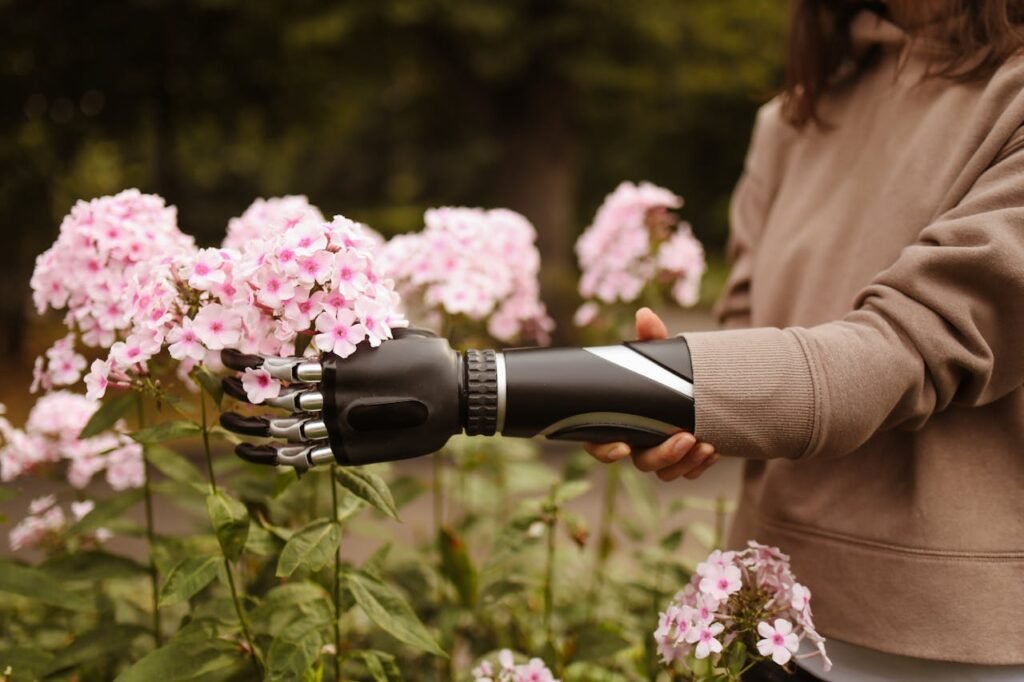
We’re not just here to build prosthetics. We’re here to walk with you — through the learning, the doubt, the wins, and the transformation.
Grippy™ is made in India, for Indian lives. It’s affordable, reliable, and supported by a team that cares. We don’t believe in “just fitting and forgetting.” We believe in staying with you, long after the hand is in place.
We believe in the brain’s power. And we believe in your power.
Start Where You Are
The First Step Is the Most Important
You don’t need to have it all figured out. You just need to start. Whether that means asking questions, booking a demo, or watching someone else use Grippy™ — that small step matters.
Because every journey begins with a choice: to believe that something better is possible.
Let your brain take that first step. It’s already ready.
Ready to Begin?
Schedule a free demo with us at https://www.robobionics.in/bookdemo/ and let your journey begin.
We’re here for the full story — the science, the spirit, and the spark that lives inside you.



